In medieval times, this part of Europe saw the rise of powerful cities, ruling the waves in the Baltic and North Seas. Those days are long gone, but the fairytale houses, narrow streets, cavernous churches and ornate town halls still remain, lost in time. And since it’s so flat, it’s easy to explore by bicycle.
The Hanseatic League was a loose coupling of cities in North Western and Central Europe that came together in the late middle ages. Hanse was the Middle Low German word for a convoy and the League provided protection for merchant trade in the Baltic and the North Seas, as well as on land. Over three centuries the cities became rich but the rise of countries and states finally put an end to this arrangement. The death knell sounded when their merchants were imprisoned and expelled from London in 1597.
Lübeck
The rebuilding of Lübeck in 1159 is generally acknowledged as the start of the Hanseatic League and the port became the centre of trade in the North and Baltic seas. These days there are still ships in the harbour and, although city suffered much damage during the war, the buildings have been painstakingly restored and it retains much of its medieval charm.
The new European Hansemuseum uses state of the art technology to take you through the history of Hanseatic League. It’s clever – once you’ve registered, don your headset and you’ll be guided in your own language. There’s a whole section dedicated to London and the prominent role it played in Hanseatic trading – wool was exported from the north of England and goods from the continent arrived in return.
Climb to the top of St Peter’s church to get a fantastic view over the tiled roofs stretching as far as the Baltic Sea on a clear day. It’s worth wandering the narrow lanes where workers were allowed to build doll’s house cottages in the grounds of much larger houses. The 13th century town hall is one of the oldest in Germany and the two remaining city gates, the Holstentor and the Burgtor, have been imaginatively restored, although the walls were demolished in the 19th century.
The city is close to the Baltic so I set out for the coast on a designated cycling trail. To cross the River Trave, I put my bike on a free shuttle bus, to get through the Herren Tunnel. After that it’s a glorious ride cross country to the port of Travemunde which has ferry connections to Sweden, Finland, Russia, Latvia and Estonia. I follow the trail north on the cliffs, with tantalising glimpses of deserted beaches and narrow coves, before arriving at the attractive resort of Niendorf.
Hamburg
From Lübeck, I cycle south for three hours on a flat stretch of towpath to Hamburg. This was also a Hanseatic city but the medieval town is long gone, first destroyed by fires and then flattened during WW2. Most of the church spires survived, as they were used as landmarks for allied bombers, the churches have been rebuilt and there’s been much reconstruction of other important buildings. The Chilehaus, reminiscent of a ship’s bow, is a shining example of 1920s Brick Expressionism and its ten stories were one of Germany’s first high-rise buildings.
The old port is also being revamped, as HafenCity, conserving the impressive brick warehouses, themselves now a UNESCO World Heritage site, and avoiding the mistakes of other dockland developments like Canary Wharf. They’re committed to providing affordable social housing and the new Elbphilharmonie concert hall is designed to impress.
Cycling around the city is a joy, although often you share the pavement with pedestrians, but the locals don’t seem to object. The famous Reeperbahn is nothing to get excited about, full of inebriated tourists in pursuit of forbidden fun. Nearby, though, are interesting neighbourhoods with cafes, bars and restaurants.
I’m pleasantly surprised by the Alster Lake which sits in the heart of the city, surrounded by a green ring of trees. I explore it first by cycling around the banks, passing through sophisticated residential districts. Then I take a one hour cruise going as far as the Alster River. Hamburg’s other river is the Elbe, the city’s main artery, home to the docks and route for huge cargo ships going to and from the North Sea.
Lüneburg
It’s around three hours by bike to Lüneburg, slightly south east, a city literally built on salt. For 1,000 years, the precious “white gold” was extracted from deposits below with serious consequences. The mining caused major subsidence, distorting the streets, causing the buildings to lean and curve, and some, of course, have just simply collapsed. The history of salt can be discovered at the German Salt Museum in factory where the stuff was processed.
Fortunately, the city was spared WW2’s bombs so it’s one of the best preserved examples of a medieval Hanseatic city, its gabled houses a treasure chest of architecture. I climb to the top of the early 20th century Water Tower and get a view across red tiled rooftops, pierced by the slightly crooked spires of the three Gothic, churches. Below me is the Ilmenau River, where salt was loaded for transportation, and in the distance is the Kalkberg where the castle once stood.
Relevant Stories
No relevant stories found

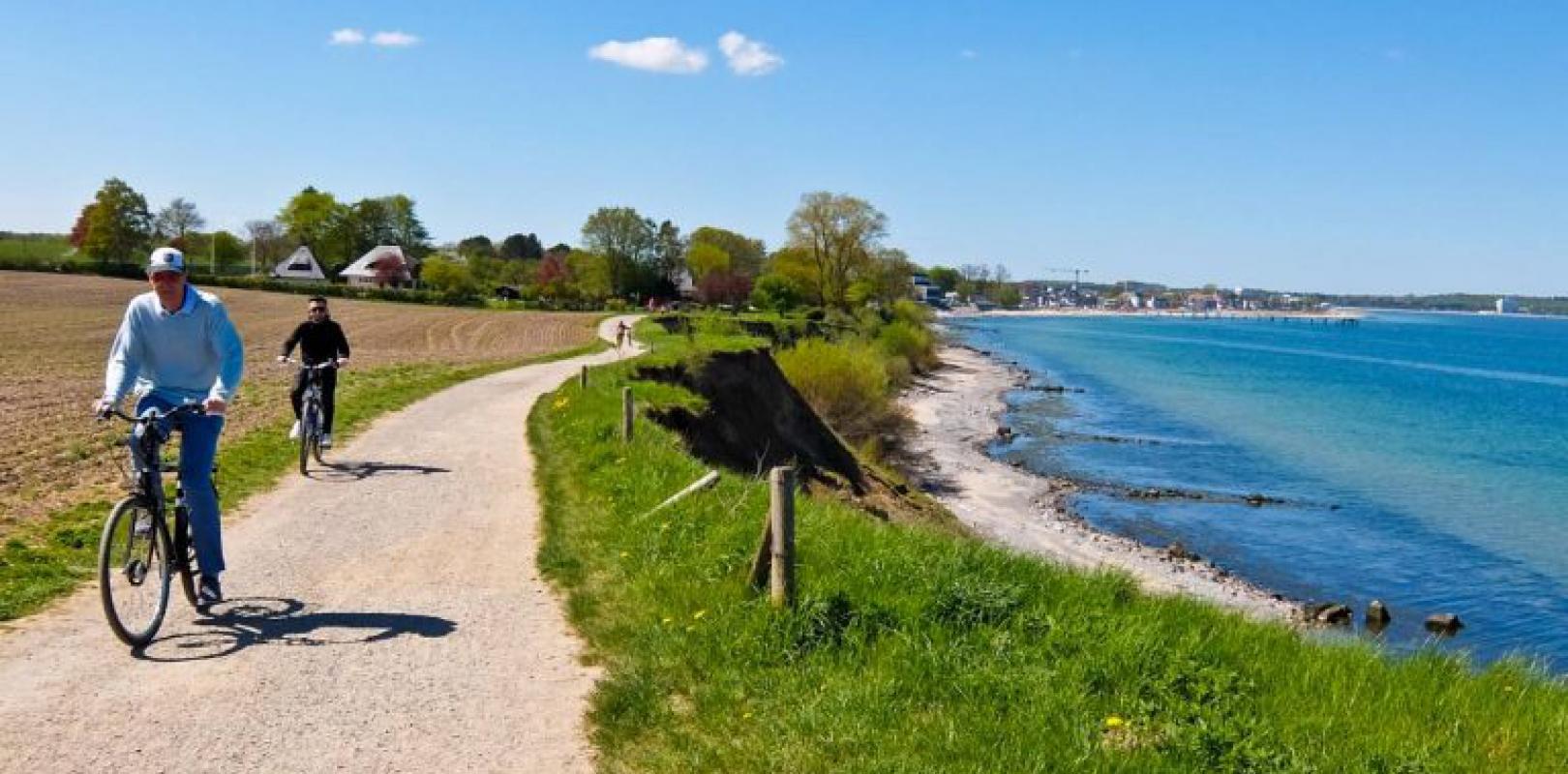
 31 Dec, 2019 01:53 PM
31 Dec, 2019 01:53 PM  by
by


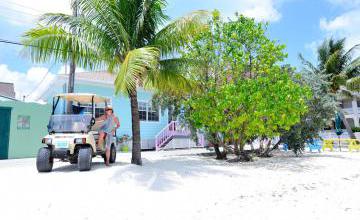
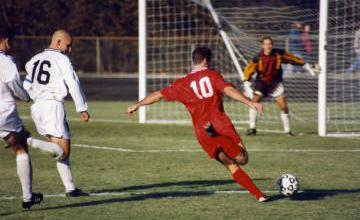
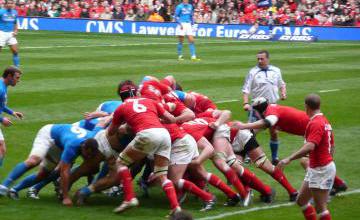
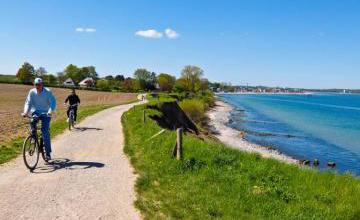

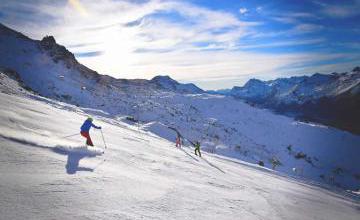

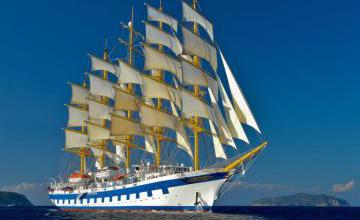
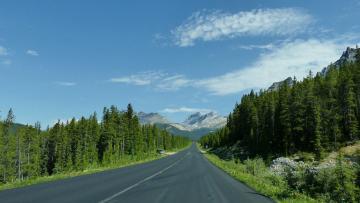

 Gmail login
Gmail login
 Facebook login
Facebook login
Comments